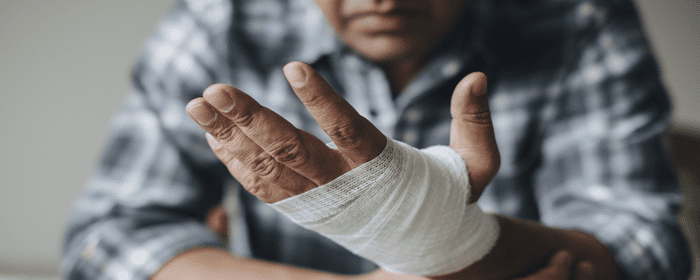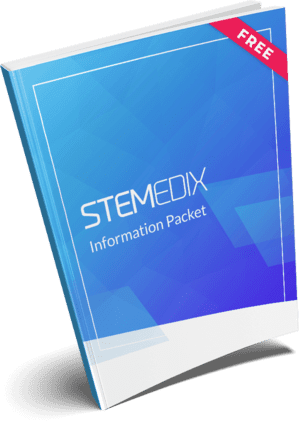The human body is an incredible self-healing machine. Every time you scrape your knee, strain a muscle, or even undergo surgery, a remarkable process begins, one where your body works tirelessly to repair and regenerate itself. While most people focus on the pain or downtime of an injury, the real story lies in the regeneration that follows.
When an injury occurs, your body immediately activates its immune response. Blood rushes to the site, bringing oxygen and immune cells to clean up damaged tissue and prevent infection. This is why inflammation and swelling are common in the first few hours or days after getting hurt, it’s not always a bad thing; it’s part of the healing process.
Next comes cellular regeneration. Depending on the tissue involved, your body sends out different types of cells to rebuild what was lost. Skin cells, for example, regenerate fairly quickly. Muscle and bone cells can take longer, but with proper care, rest, nutrition, and physical therapy, the body can often restore strength and function over time.
What’s fascinating is that your body also relies on stem cells during this process. These are unspecialized cells with the potential to become different cell types. They’re like nature’s repair crew, especially active in younger individuals but still present throughout life. In regenerative medicine, we often work with these natural mechanisms, using therapies that encourage or supplement the body’s own repair systems.
To support your body’s healing after an injury, it’s important to focus on:
- Nutrition: A diet rich in protein, vitamins C and D, and minerals like zinc can help support tissue repair.
- Movement (when appropriate): Gentle exercise or guided physical therapy can improve circulation and speed up recovery.
- Rest: Overexertion can delay healing. Give your body time to do what it does best.
While minor injuries heal on their own, chronic damage or severe trauma may require advanced interventions. That’s where regenerative therapies like platelet-rich plasma (PRP) or stem cell treatments come into play, helping the body recover when it struggles to keep up on its own.
Sources:
National Institute of Arthritis and Musculoskeletal and Skin Diseases. How the Body Repairs Itself After Injury. https://www.niams.nih.gov/health-topics
Cleveland Clinic. Understanding the Healing Process. https://my.clevelandclinic.org/health/articles/10051-wound-healing
Mayo Clinic. Regenerative Medicine: What It Means for You. https://www.mayoclinic.org/tests-procedures/stem-cell-therapy/about/pac-20384686


 St. Petersburg, Florida
St. Petersburg, Florida
